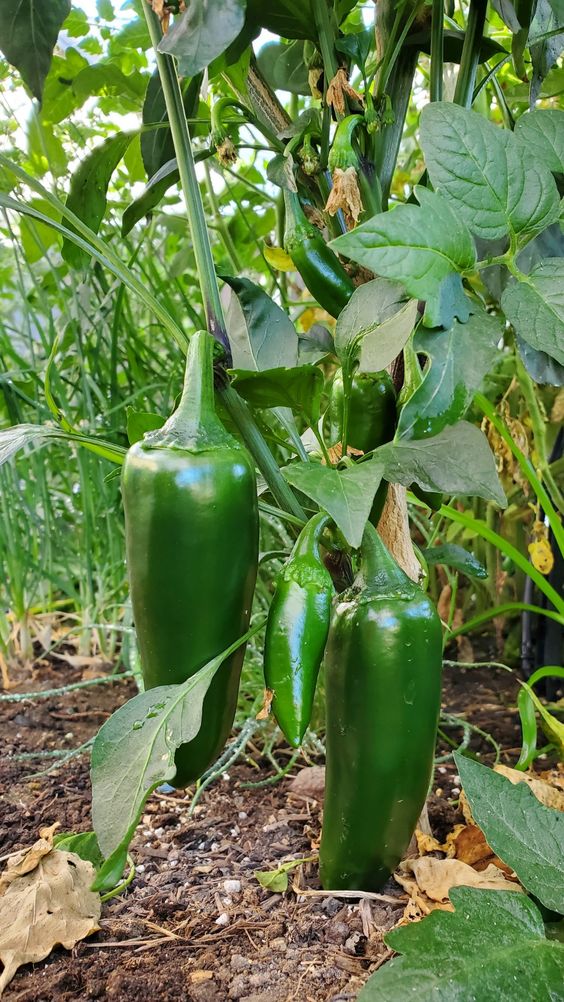The chayote – also known as Sechium edule, vegetable pear, and christophine – is an incredibly versatile and highly valued fruit due to its delicious taste and numerous nutritional benefits. As a member of the gourd family, it grows abundantly in various tropical and subtropical regions worldwide. This article will delve into the unique characteristics, culinary uses, and health advantages of this extraordinary fruit.

Chayote is a peculiar fruit that boasts a distinct look with its wrinkled, pale green skin and pear-like shape. Its juicy and crisp flesh has a subtle sweetness to it, making it perfect for various culinary dishes. The texture of this fruit is akin to that of a summer squash or cucumber, which makes it an adaptable ingredient in most recipes.



Chayote is more than just a delicious addition to your meals – it’s also loaded with important nutrients that can help support a healthy diet. This versatile vegetable is low in calories and carbs, making it a great choice for anyone trying to manage their weight or keep their blood sugar levels in check. Plus, it’s packed with dietary fiber which can aid in digestion and help you feel full longer. Chayote also boasts plenty of essential vitamins and minerals like vitamin C, vitamin B6, potassium, and folate, all of which can play a role in supporting your immune system, cellular health, and overall well-being.





